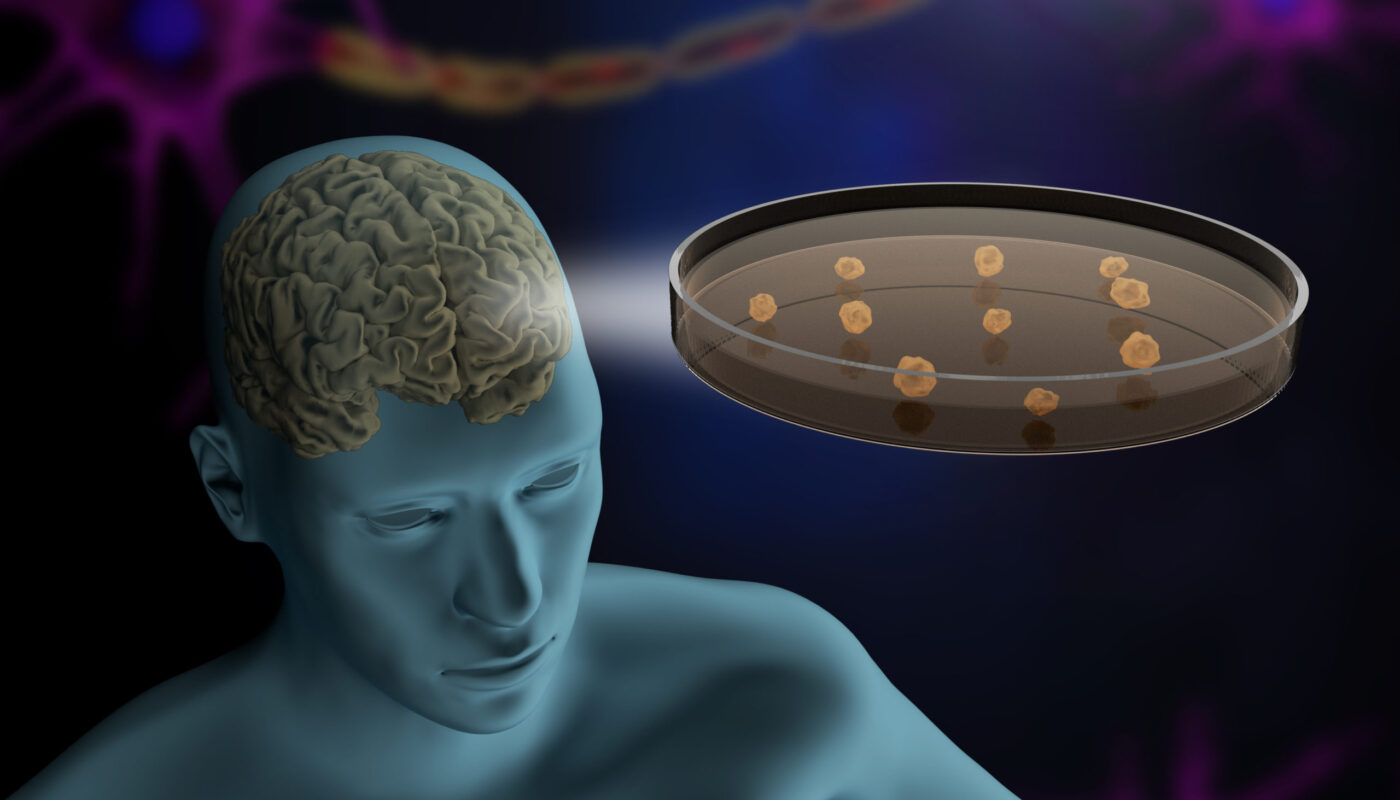New Study Investigates Various Strategies for Vascularizing Cerebral Organoids
Cerebral organoids, three-dimensional cultured brains that emulate the activities of the human brain, have proven to be invaluable tools in understanding brain development, disease pathogenesis, and evolution. However, their potential applications are limited by the absence of a functional vasculature, which can lead to cell death, hinder cell differentiation, and restrict organoid growth.
To address this challenge, researchers have developed different strategies for vascularizing human cerebral organoids. Professor Kosuke Kataoka, along with Yuya Sato and Toru Asahi from the Graduate School of Advanced Science and Engineering at Waseda University, recently conducted a comprehensive investigation into these various vascularization strategies.
According to Kataoka, while several strategies have been proposed to construct functional vascular systems in cerebral organoids, there had been no integrated comparative study of these strategies until now. The characteristics and limitations of each approach were therefore not well understood. In their study, Kataoka and his team used single-cell RNA sequencing (scRNA-seq) data to evaluate and compare the different vascularized cerebral organoids created using these strategies. They also analyzed the datasets in conjunction with fetal brain data to understand the impact of vascularization techniques on cell type differentiation and the gene expression profiles of neuronal and vascular cells in the organoids.
The study found that all vascularization protocols significantly improved the correlation value in most cell types, indicating that vascularized cerebral organoids had a gene expression profile closer to that of the fetal human brain compared to non-vascularized organoids. However, the research also revealed that the specific vascularization strategy used had a transcriptomic effect on neuronal and vascular-like cell populations. While fetal brain vascular cells expressed all the marker genes, the various vascularized organoids showed an incomplete expression profile. Additionally, the expression profile was found to be dependent on the chosen vascularization strategy.
The study also highlighted the importance of interactions between vascular-like cells and neurons for blood vessels to develop a cerebrovascular-specific profile and perform their functions, such as forming the blood-brain barrier.
Looking ahead, Kataoka believes that these findings will contribute to the development of more realistic human brain models with blood vessels. This will not only enhance our understanding of the human brain but also accelerate research on various brain diseases and enable more accurate drug screening.
Vascularized cerebral organoids, which are less likely to experience cell death, are expected to become the standard for future brain research. The results of this study are crucial for the advancement of vascularized organoids, and it is hoped that this research will pave the way for the development of organoids with even higher fidelity.
In conclusion, the study conducted by Professor Kosuke Kataoka and his team sheds light on the impact of different vascularization strategies on cerebral organoids. The findings highlight the potential of vascularized organoids in advancing our understanding of the human brain and accelerating research on brain diseases. With further development and refinement, vascularized organoids have the potential to become indispensable tools in brain research.
*Note:
1. Source: Coherent Market Insights, Public sources, Desk research
2. We have leveraged AI tools to mine information and compile it




